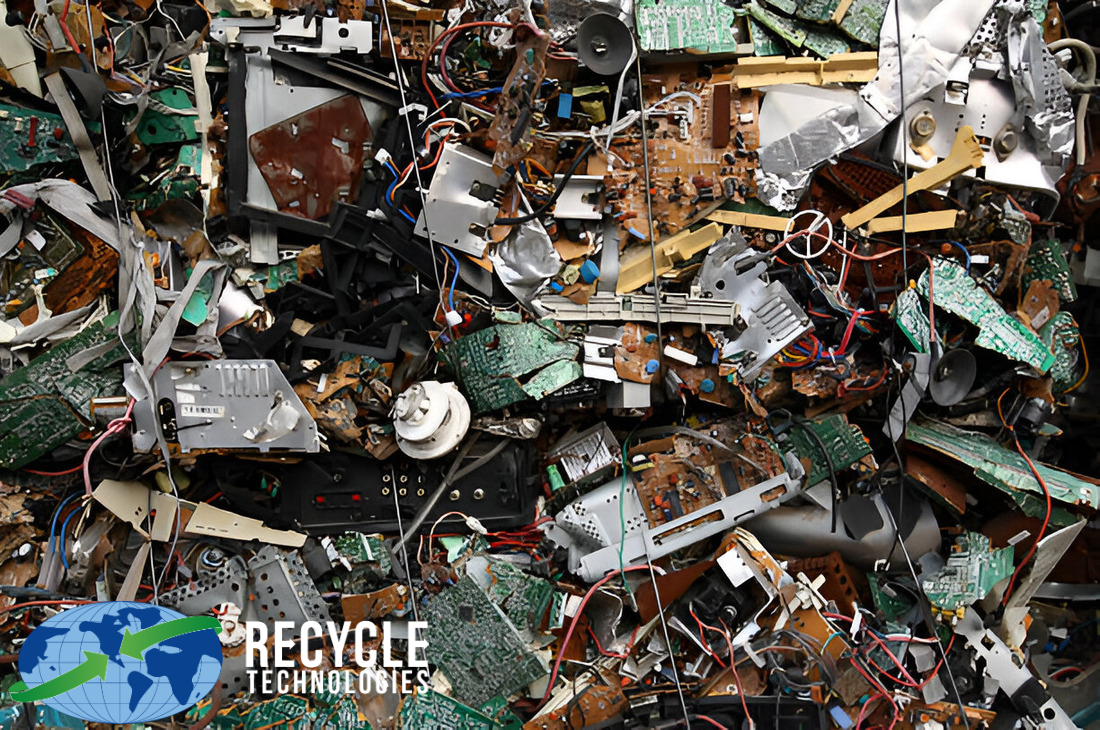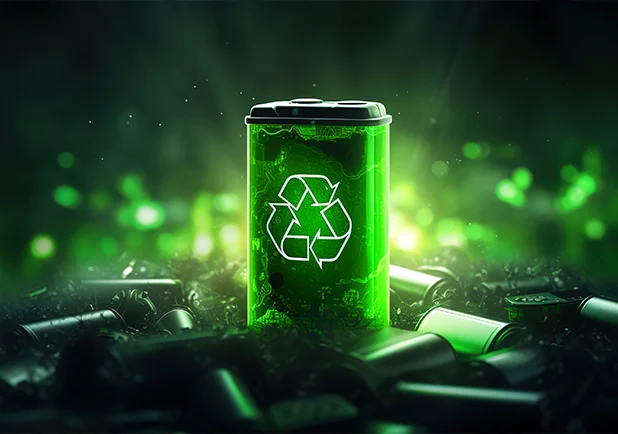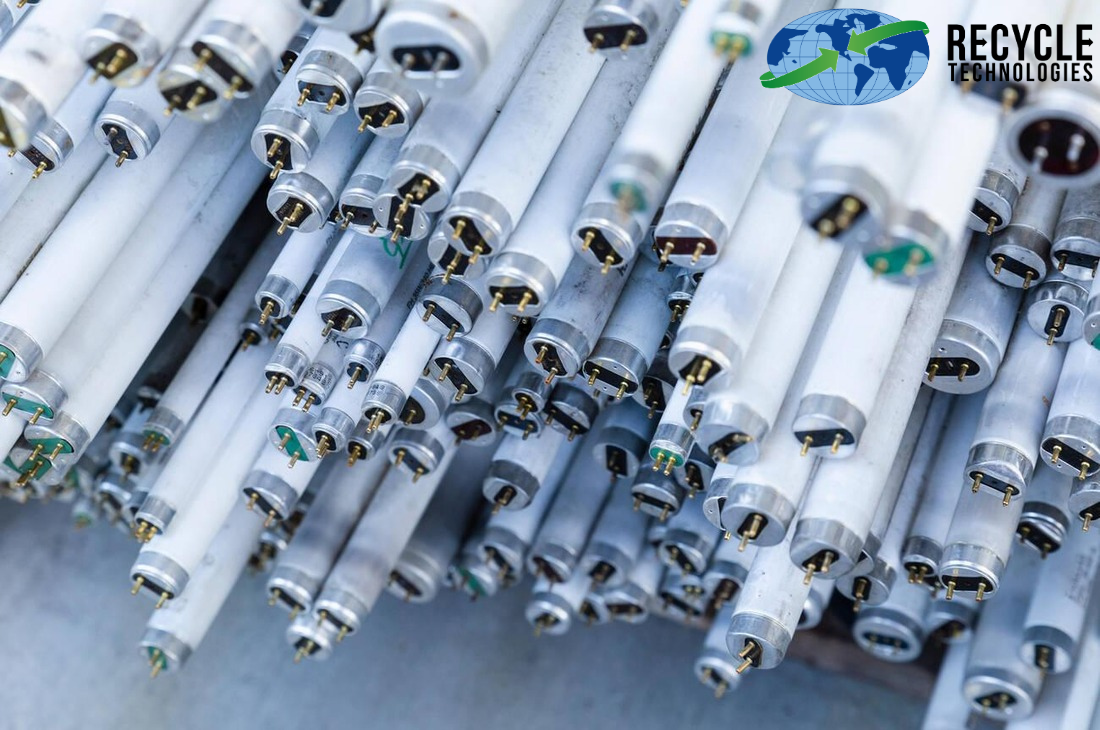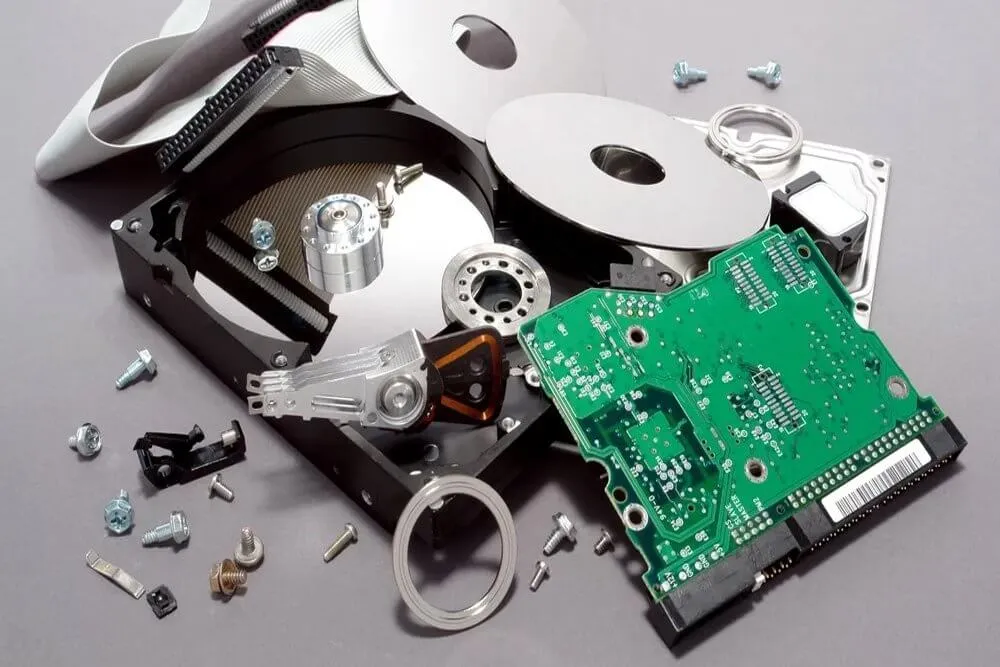Everyone owns an electronic device today. Whether it is a child or a grown adult, everyone owns one. And just like everything in this world, they are bound to stop working at some point and become useless to their owners. It is often assumed that electronics can simply be removed from a person’s belonging by throwing them in the garbage. But that is not the case. Not only is that a complete waste of resources, but it is harmful to the environment as well.
The bad news is that as per recent studies: e-waste is increasing day by day.
But the good news is that the concept of recycling e-waste is becoming popular worldwide!
What is E-Waste?
E-waste includes all those electronic products, gadgets, and devices which are no longer required by their owners. These devices are composed of metals such as copper, lead, silver, and platinum, as well as many toxic chemicals. One of the other common names for e-waste is “Digital Rubbish.”
Some of the gadgets which form a part of e-waste include laptops, printers, mobile phones, LCDs, and more.
E-waste Formation
Now that we understand the concept of e-waste, the next big question becomes: How is e-waste created? The answer to that is very straightforward. Once a person stops using a gadget, they either throw it in the garbage, donate it to a charity organization, or just sell it to an old shop.
At the end of the day, all these gadgets end up in the garbage, which occupies a large space in landfills. Harmful and toxic chemicals leach out of the electronic devices below the landfills, ruining nearby sources of water and land. The impact of all these toxins is horrendous and can cause havoc in the lives of every living being.
How to Recycle E-Waste?
Recycling provides a safer method of discarding electronics around the world.
There are two scenarios when recycling e-waste.
Recycling a Working Device
Many people prefer to upgrade their electronic devices even when their current device is still working. In such a scenario, it is best to give the device to a charity or donation. Some second-hand shops accept used devices and resell them to other people in need.
Many electronic device manufacturers in the industry tend to take back their electronic devices once they get old or lose some of their functionality. These organizations guarantee appropriate e-waste recycling of your old electronic gadgets, making it a very feasible option for recycling purposes.
By following the process of recycling a working device, you can help keep the environment safe. And at the same time, you can help people get the electronic gadget of their dreams at a lower price.
Recycling a Non-Working Device
Recycling devices that are not working at all can turn into a hassle if the right steps are not taken. The first thing to find is a trusted provider. There are a lot of e-waste recycling organizations out there who, instead of proper and safe recycling of electronic devices, ship them out to third-world countries or burn them instead of following the recycling procedure.
Get to know which company offers the safest and most effective recycling procedure by understanding that procedure yourself. The process to recycle e-waste is complicated and lengthy, but for your better understanding, it is simplified as follows:
1) Separation by Hand
This is the first step in every recycling process. The devices are picked apart by hand carefully to ensure that nothing is damaged. Fixed batteries are taken out of the device. If there is a screen attached to the electronic gadget, it is also removed along with its related components. Different sources of light, such as bulbs, are also removed by hand.
*All components containing chemicals are separated at this stage so that no harmful scenarios occur.
2) Size Reduction
After all the content is removed by hand, the size of each component is reduced. When it comes to some components, a shredder is effective in reducing their size, whereas the size of other pieces is decreased through lasers and similar technology.
3) Magnetic Removal
Once the size of the materials lessens, it becomes effortless to separate them through the use of a magnet. A magnetic device runs over metals, plastics, and glass. The magnet attracts metal such as iron, steel, and others. This leaves out the plastic and glass behind that is picked and used accordingly.
4) Water Separation
In the final step, water is used to differentiate between glass and plastic.
Through these four steps, a non-working device is completely recycled. The metal components are sent out to the organizations which create devices and components from metals. Plastics are shared with plastic-creating companies.
Where can I drop off e-waste near me?
If you live in Wisconsin or Minnesota then you can easily drop off your e-waste at our recycling facilities. We cover more than a 100-mile radius of our facilities. This gives you the opportunity to use our other services as we do. Government agencies and businesses looking for certified recyclers can rely on us for the disposal of their electronic waste.
With so many steps involved, recycling e-waste can seem like a nuisance. Understanding the need to recycle e-waste helps with self-motivation. Here are the top 5 reasons why it is an absolute need of the time to recycle e-waste:

What happens when I recycle my e-waste at Recycle Technologies Facility?
Eradication of Toxic Materials
Lead and mercury are one of the most common toxic materials present in almost every electronic device. When these toxic materials go into the soil of the landfills they spread poison to the surrounding area. This seeped poison eventually goes into nearby water reserves and soil rendering them useless or even dangerous. When living things such as animals, humans, plants, and even microorganisms consume water or soil, they become sick with various diseases. In worst-case scenarios, the consumption of polluted water stunts the growth of living things.
By proper recycling of e-waste, toxic materials do not reach landfills, keeping water and the soil, and ultimately, all living things safe.
Reuse of Raw Materials
E-waste is composed of many materials. More often than not, expensive gadgets have metals like gold, silver, and platinum in them. These metals are precious and difficult to mine, and by extracting them out of useless electronic gadgets, the chance to reuse them in other products increases.
Apart from metals, there are a lot of plastic components in electronic devices. When an electronic gadget is recycled, all the plastic is removed safely and sent to plastic companies for reuse.
Reduce E-waste going to Landfills
So much of landfills are comprised of e-waste these days. With the proper disposal of e-waste, the space consumed by landfills reduces drastically, allowing it to be filled with better things such as plants and trees.
Conserve Energy
Everyone knows for the creation of plastic requires a massive amount of energy. At the same time, mining costs a lot of fuel, energy, and many other resources as well. By reusing these components, a lot of time and energy is reclaimed.
Clean Environment
With less energy consumption and fewer landfills, the environment is bound to become cleaner! By following the proper recycling procedure for our e-waste, we can make our earth healthy and green again.
Also Read: Why is recycling a computer important?
Conclusion
On the one hand, development in technology is a positive factor. But on the other hand, it also signifies that more and more e-waste is coming into being. E-waste is hazardous and is becoming a threat to the environment. Comprehending how to recycle e-waste is becoming a mandatory subject for everyone around the world. Let us join hands by recycling e-waste to create a better Earth for our coming generations!













